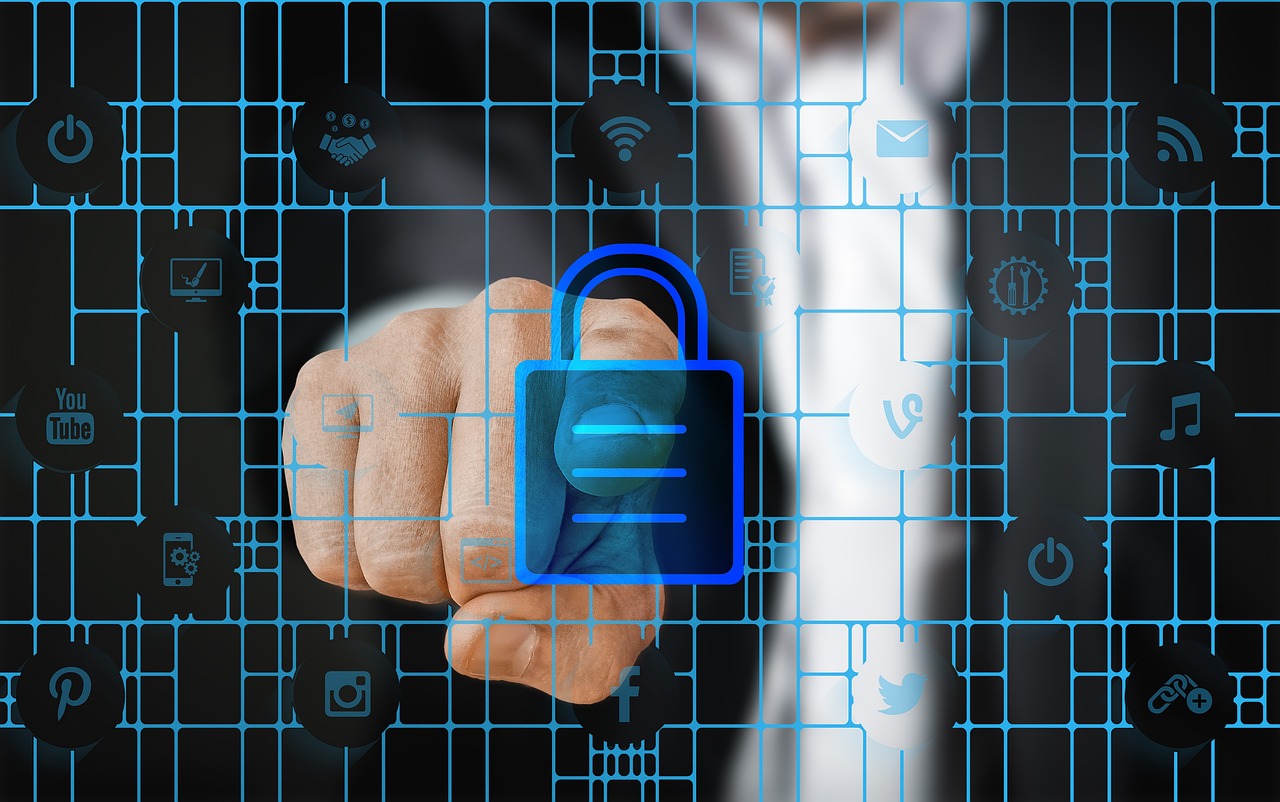The Technical Side of Cybersecurity: A Deep Dive
Cybersecurity is a world where precision, foresight, and continuous innovation are paramount. Let’s dive into the technical specifications and processes that make up this dynamic field, making sure it’s personalized for your blog.
1. Cybersecurity Standards and Frameworks
-
NIST Cybersecurity Framework: Think of this as a playbook for managing and reducing cybersecurity risks. Developed by the National Institute of Standards and Technology, it includes five core functions: Identify, Protect, Detect, Respond, and Recover. Each function outlines specific activities and best practices.
-
ISO/IEC 27001: This international standard is like a blueprint for managing information security. It provides detailed requirements for establishing, implementing, maintaining, and continually improving an information security management system (ISMS).
2. Cryptographic Algorithms
-
AES (Advanced Encryption Standard): Imagine a fortress with layers of protection. AES is a symmetric key algorithm used to encrypt data. It supports key sizes of 128, 192, and 256 bits, making it highly secure and efficient.
-
RSA (Rivest-Shamir-Adleman): Named after its creators, RSA is an asymmetric algorithm used for encryption and digital signatures. It typically uses key sizes ranging from 2048 to 4096 bits. Picture it as a secure vault with a unique key for each user.
3. Network Security
-
Firewalls: Think of these as gatekeepers that monitor and control incoming and outgoing network traffic based on predetermined security rules. They can be hardware or software-based.
-
Intrusion Detection Systems (IDS): IDS are like security cameras for your network. They monitor traffic for suspicious activity and issue alerts when threats are detected.
-
Intrusion Prevention Systems (IPS): IPS take it a step further by not only detecting but also preventing identified threats from entering the network.
4. Endpoint Security
-
Antivirus and Anti-malware Software: These programs act as the first line of defense, detecting, blocking, and removing malicious software from devices.
-
Endpoint Detection and Response (EDR): EDR solutions continuously monitor endpoints, such as computers and mobile devices, to detect and respond to threats in real-time.
5. Identity and Access Management (IAM)
-
Multi-Factor Authentication (MFA): Think of MFA as a double lock on your door. It requires more than one method of authentication to verify a user’s identity, making it harder for unauthorized users to gain access.
-
Single Sign-On (SSO): With SSO, users can log in once and access multiple applications without needing to re-enter credentials. It’s like having a master key for multiple locks.
6. Security Information and Event Management (SIEM)
-
Log Collection: SIEM systems collect logs from various sources within the network, such as servers, firewalls, and applications. This is like gathering all the security footage from different cameras.
-
Event Correlation: SIEM systems correlate events from different sources to identify patterns that may indicate a security incident. Imagine piecing together a puzzle to see the bigger picture.
-
Alerting: SIEM systems generate alerts based on predefined rules and thresholds, similar to a burglar alarm going off when a door is opened.
7. Penetration Testing
-
Vulnerability Scanning: Automated tools scan systems for known vulnerabilities, much like a detective looking for clues.
-
Penetration Testing: Ethical hackers simulate cyberattacks to identify and exploit vulnerabilities. They are like the secret agents of the cybersecurity world.
-
Reporting: Detailed reports document the findings and provide recommendations for remediation. Think of this as the debriefing session after a mission.
8. Incident Response
-
Preparation: Developing an incident response plan is crucial. It’s like having an emergency evacuation plan in case of a fire.
-
Detection and Analysis: Identifying and analyzing security incidents to determine their scope and impact is akin to a forensic investigation.
-
Containment, Eradication, and Recovery: Steps to contain the incident, eliminate the threat, and restore affected systems are similar to emergency responders controlling a situation and repairing the damage.
-
Post-Incident Review: Analyzing the incident and response to improve future preparedness is like conducting a drill to refine your emergency plan.
9. Cloud Security
-
Encryption: Protecting data at rest and in transit using encryption techniques is like placing valuable items in a secure safe.
-
Access Control: Implementing strict access controls ensures that only authorized users can access cloud resources, similar to a security checkpoint.
-
Monitoring: Continuous monitoring of cloud environments to detect and respond to threats is akin to having a 24/7 surveillance system.
10. Zero Trust Architecture
-
Principle of Least Privilege: Ensuring users have the minimum level of access necessary to perform their tasks is like giving employees access only to the rooms they need to do their job.
-
Micro-segmentation: Dividing the network into small, isolated segments to limit the spread of threats is like compartmentalizing a ship to prevent it from sinking.
-
Continuous Verification: Regularly verifying the identity and permissions of users and devices is akin to frequent ID checks at secure facilities.
Real-World Applications and Case Studies
-
Healthcare: Hospitals use advanced encryption and multi-factor authentication to protect patient data. For instance, the Mayo Clinic has implemented comprehensive cybersecurity measures to ensure the privacy and security of medical records.
-
Financial Services: Banks use SIEM systems to monitor and detect fraudulent activities. JPMorgan Chase, for example, employs robust cybersecurity protocols to safeguard financial transactions and customer information.
-
Retail: Retailers like Walmart use endpoint security and intrusion prevention systems to protect their point-of-sale systems and customer data.
-
Government: Government agencies adopt zero trust architecture and conduct regular penetration testing to secure sensitive information. The U.S. Department of Defense has been a pioneer in implementing zero trust principles.
By leveraging these technical specifications and processes, organizations can build a robust cybersecurity posture. Understanding these details helps ensure the reliability, accuracy, and effectiveness of security measures, providing a solid foundation for protecting data, systems, and networks in an increasingly digital world.

